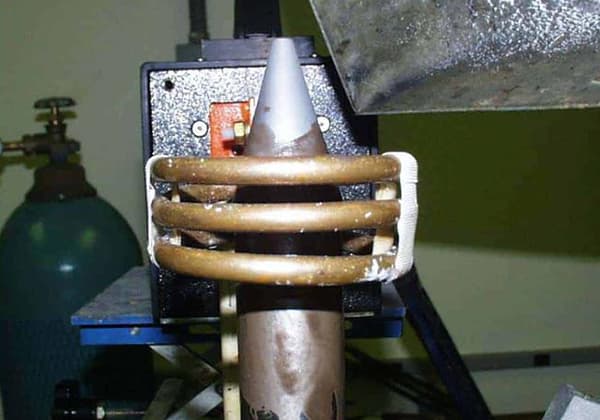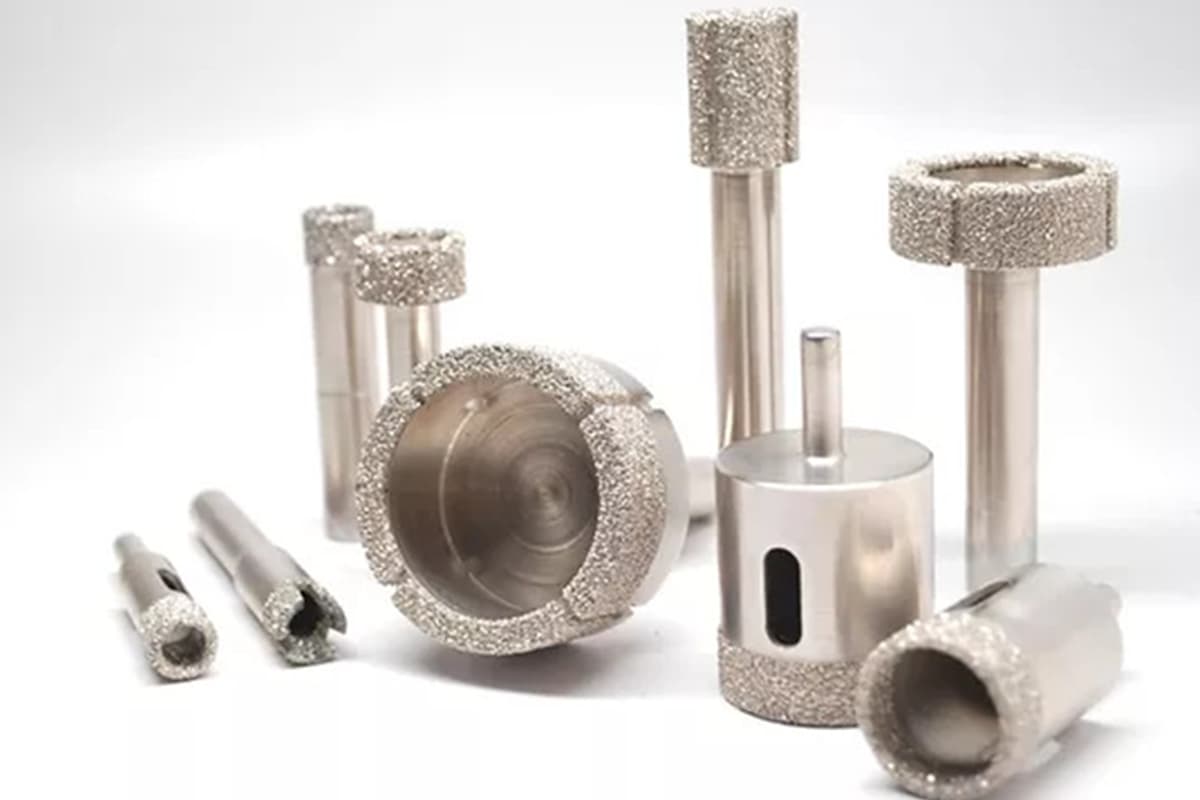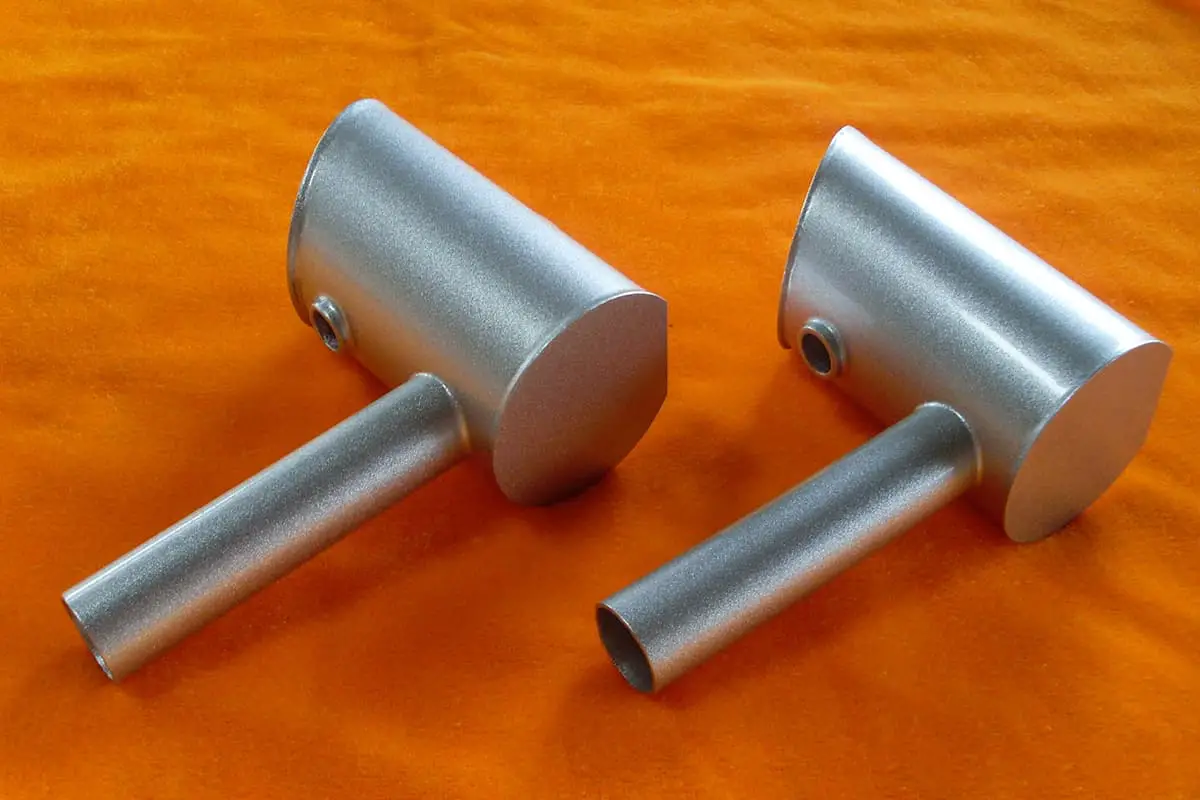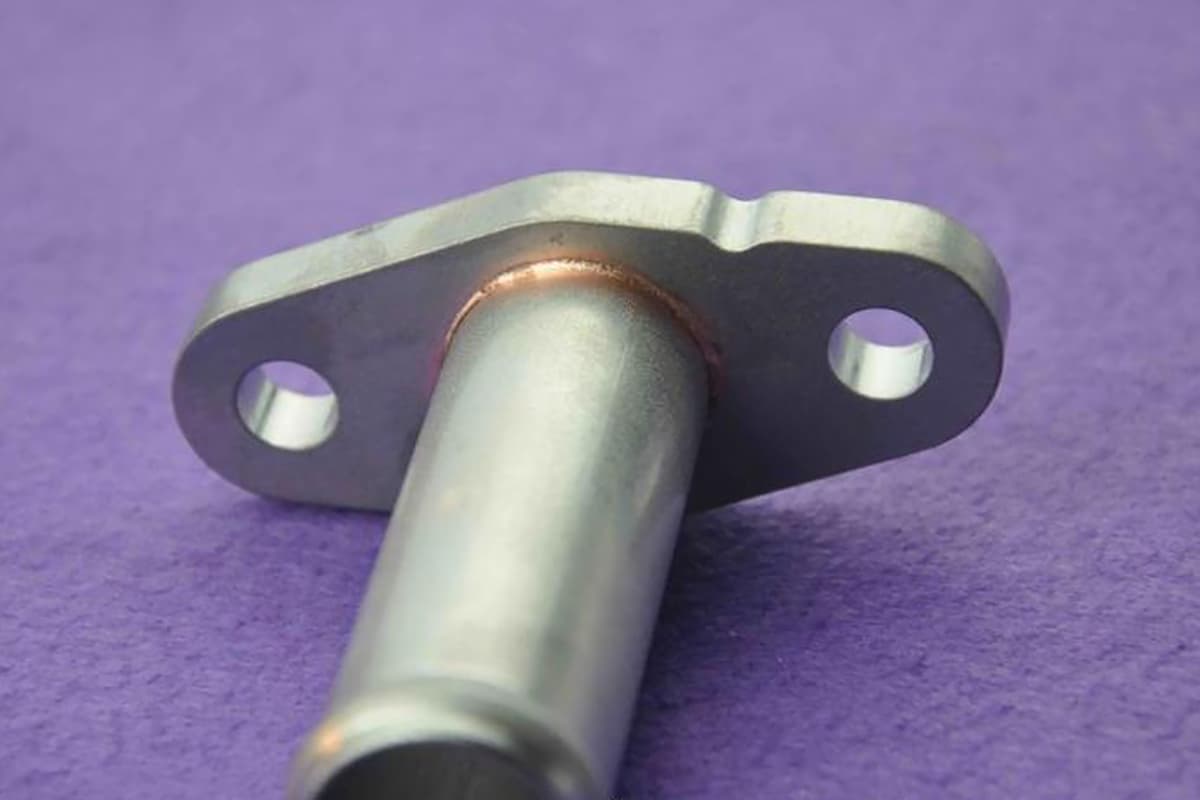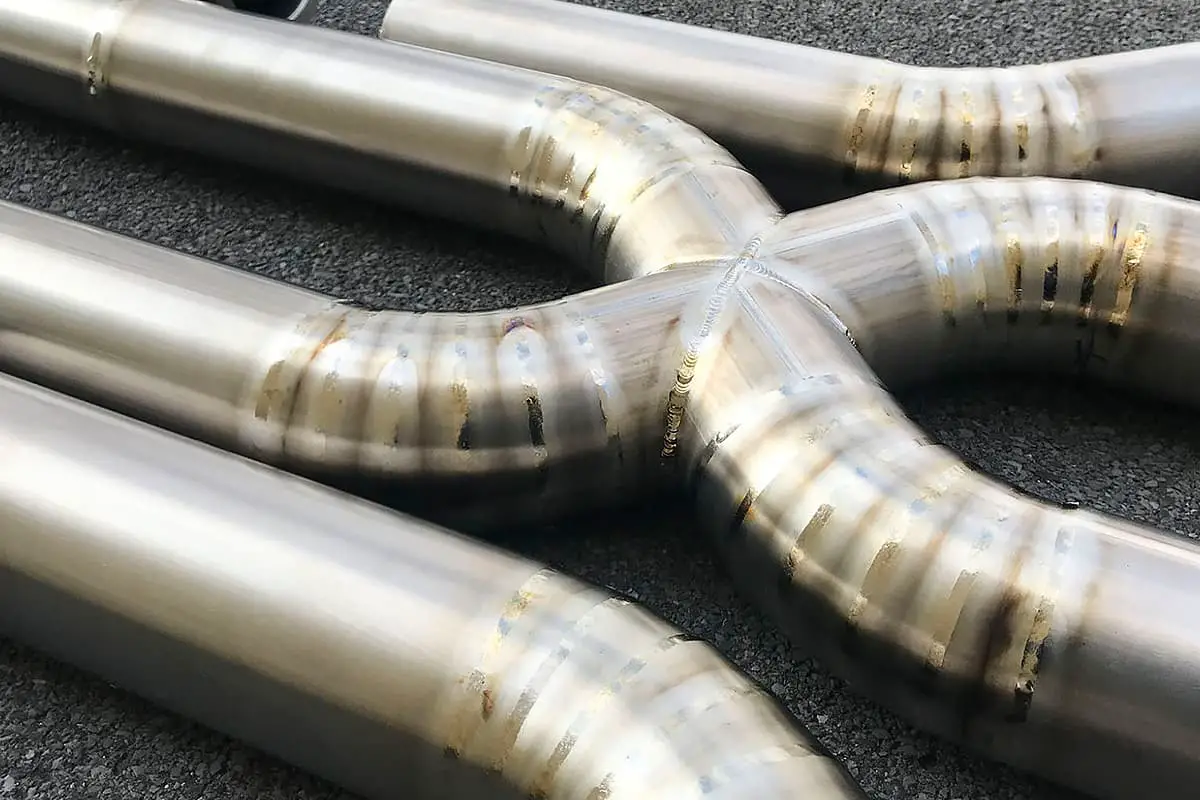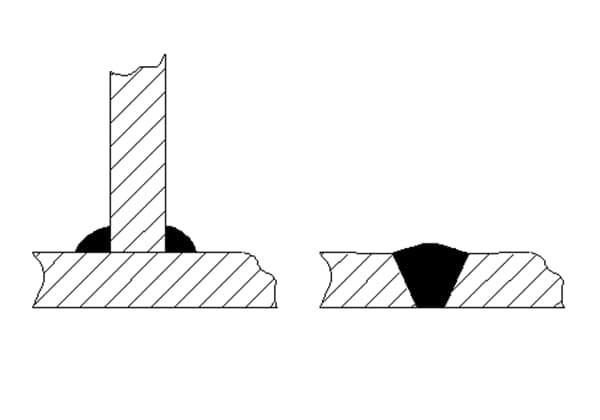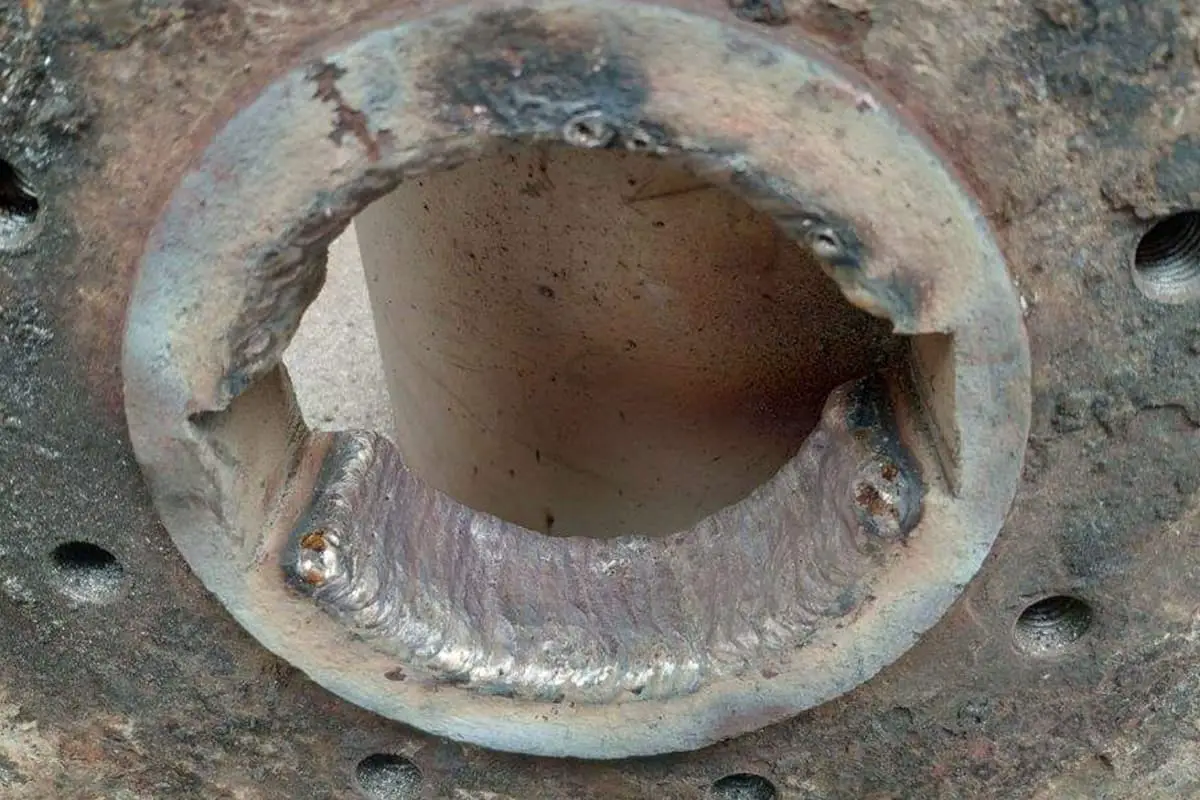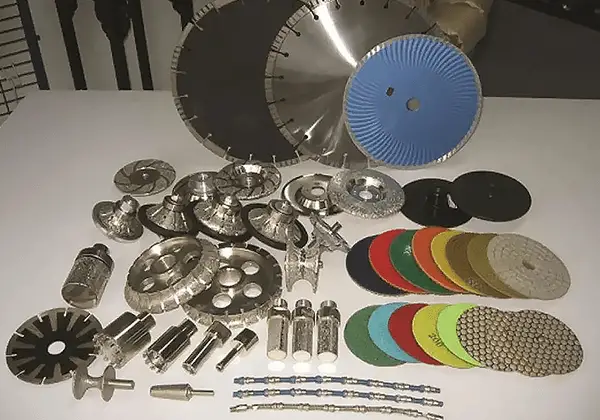
What makes the brazing of tool steel and hard alloy such a critical process in manufacturing? This article dives into the materials, techniques, and best practices for successful brazing. By exploring the properties of different brazing materials and their applications, you will gain insights into enhancing joint strength and performance in high-stress environments. Discover how proper material selection and surface preparation can lead to reliable, durable tool assemblies. Read on to learn the essentials that can optimize your metalworking processes.
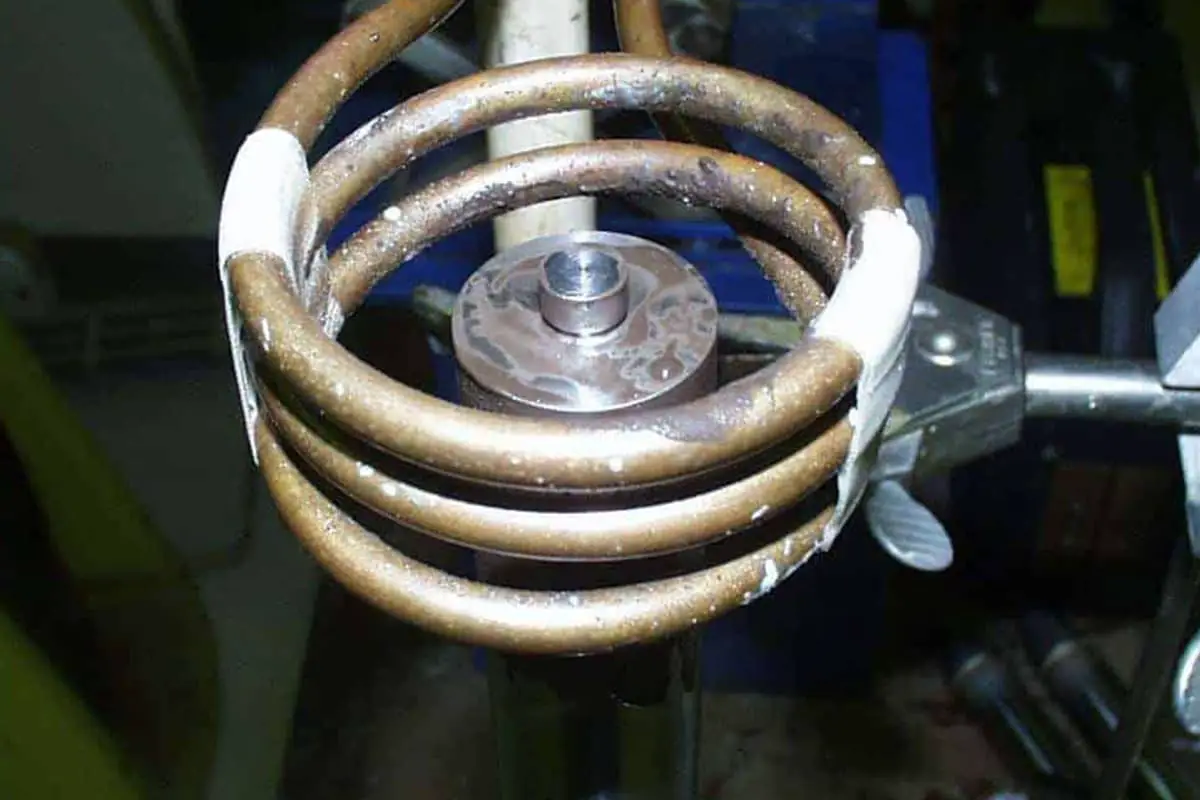
(1) Brazing Materials
Pure copper, copper-zinc, and silver-copper brazing materials are commonly used for brazing tool steel and hard alloy. Pure copper has good wetting properties for various hard alloys, but the best results are obtained when brazing in a hydrogen-reducing atmosphere.
However, due to the high brazing temperature and resulting high stress in the joint, there is an increased tendency for cracking. Joints brazed with pure copper have a shear strength of about 150MPa and higher ductility, but they are not suitable for high-temperature applications.

Copper-zinc brazing materials are the most commonly used brazing materials for tool steel and hard alloy. To improve the wetting properties of the brazing material and the strength of the joint, alloying elements such as Mn, Ni, Fe, etc. are often added to the brazing material.
For example, the addition of 4% Mn in B-Cu58ZnMn can achieve a shear strength of 300-320MPa at room temperature for brazing hard alloy joints, which can still maintain 220-240MPa at 320℃.
Adding a small amount of Co to B-Cu58ZnMn can increase the shear strength of the brazed joint to 350MPa and improve its impact toughness and fatigue strength, significantly increasing the service life of cutting tools and rock drilling tools.
Silver-copper brazing materials have a lower melting point, resulting in lower thermal stresses in the brazed joints and reducing the tendency for cracking.
To improve the wetting properties of the brazing material and increase the strength and working temperature of the joint, alloying elements such as Mn, Ni, etc. are also often added to the brazing material. For example, B-Ag50CuZnCdNi brazing material has excellent wetting properties for hard alloy and the brazed joints have good overall performance.
In addition to the above three types of brazing materials, for hard alloys that work at temperatures above 500℃ and require high joint strength, Mn-based and Ni-based brazing materials can be used, such as B-Mn50NiCuCrCo and B-Ni75CrSiB.
For brazing high-speed steel, specialized brazing materials should be selected that match the brazing temperature with the quenching temperature.
These brazing materials can be divided into two types: manganese-iron-based brazing materials, mainly composed of manganese-iron and borax, with shear strength of the brazed joint generally around 100MPa but with a tendency for cracking; and special copper alloys containing Ni, Fe, Mn, and Si, which can prevent cracking and increase the shear strength of the joint to 300MPa.
(2) Brazing Agents and Shielding Gases
The selection of brazing agents should be compatible with the base material being brazed and the chosen brazing materials. For brazing tool steel and hard alloy, borax and boric acid are the main brazing agents, with the addition of some fluorides (KF, NaF, CaF2, etc.).
Copper-zinc brazing materials are used with FB301, FB302, and FB105 brazing agents, while silver-copper brazing materials are used with FB101-FB104 brazing agents. Borax brazing agents are mainly used for specialized brazing of high-speed steel.
To prevent oxidation of tool steel during brazing and avoid the need for post-brazing cleaning, gas shielded brazing can be employed. The shielding gas can be an inert gas or a reducing gas, with the requirement that the dew point of the gas should be below -40°C. Hard alloy can be brazed under hydrogen protection, with the dew point of the required hydrogen gas being below -59°C.
Tool steel must be cleaned before brazing. The surface does not need to be too smooth for mechanical processing to facilitate wetting and spreading of the material and brazing agent.
The surface of hard alloy should undergo sandblasting treatment before brazing, or be polished with silicon carbide or diamond wheels to remove excess carbon and facilitate wetting by the brazing material.
Hard alloys containing titanium carbide are difficult to wet. A new method is to apply copper oxide or nickel oxide paste to the surface and bake it in a reducing atmosphere to transfer copper or nickel to the surface, thereby increasing the wetting properties of the brazing material.
Brazing of carbon tool steel is best done before or simultaneously with the quenching process.
If brazing is performed before the quenching process, the solidus line temperature of the brazing material should be higher than the quenching temperature range to ensure that the joint still has sufficient strength when reheated to the quenching temperature without failure.
When brazing and quenching are carried out together, brazing materials with solidus line temperatures close to the quenching temperature should be selected.
The composition range of alloy tool steel is wide, and the appropriate brazing materials, heat treatment processes, and techniques for combining brazing and heat treatment should be determined based on the specific steel type to achieve good joint performance.
The quenching temperature of high-speed steel is generally higher than the melting temperature of silver-copper and copper-zinc brazing materials. Therefore, quenching should be carried out before brazing, and brazing should be performed during or after the secondary tempering.
If quenching must be performed after brazing, only the aforementioned specialized brazing materials can be used. When brazing high-speed steel tools, a coke furnace is suitable.
After the brazing material is melted, the tool should be immediately removed and pressed to extrude excess brazing material, followed by oil quenching and tempering at 550-570°C.
When brazing hard alloy blades to steel tool shanks, it is advisable to increase the brazing gap and apply plastic compensating shims in the joint to reduce the cooling rate after brazing, thereby reducing brazing stress, preventing crack formation, and prolonging the service life of hard alloy tool components.
After brazing, the residues of the brazing agent on the joint should be rinsed with hot water or a general flux mixture, followed by acid pickling with an appropriate acid solution to remove the oxide film on the base material. However, nitric acid solution should not be used to prevent corrosion of the brazed joint metal.

